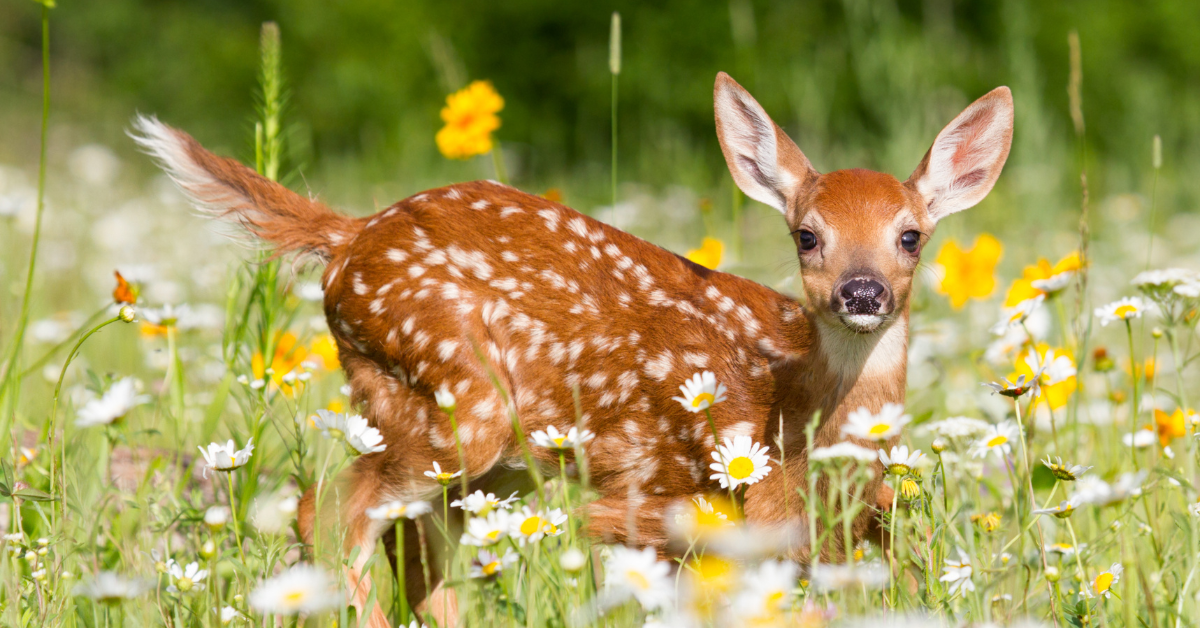As spring begins, your backyard can become a sanctuary for wildlife by providing food, water, and shelter for native species. Planting native flowers, shrubs, and trees supports pollinators like bees and butterflies while also offering food and nesting sites for birds (if you live in bear-free areas), is a wonderful way to start! Leaving leaf litter and fallen branches in garden beds also provides essential habitat for insects, amphibians, and small mammals. Setting up a birdbath or shallow water dish is also a great idea as it gives animals a reliable water source as temperatures start to rise.
Stopping the use of pesticides and herbicides on your garden and lawns helps keep ecosystems balanced and protects wildlife from deadly chemicals. If you have outdoor lights, you can also consider using warm-colored or motion-activated options which help to reduce light pollution that disrupts nocturnal animals. Birdhouses and bat boxes can provide much-needed shelter, especially as species seek safe nesting spots. By making small changes, you can create a welcoming space for wildlife and support biodiversity right in your own backyard.
It’s also during this time of year that many wildlife species become more active for migration, breeding, feeding, and nesting, so this increased activity means more chances for people to encounter animals while outdoors. To protect wildlife and prevent conflicts, it’s important to respect their natural behaviors! Following a few simple guidelines can help ensure their safety and yours throughout the season and beyond:
Rabbits: If you find a nest, leave it alone. Mother rabbits return at dusk and dawn to care for their babies.
Deer: A lone fawn lying quietly is normal, as its mother is most likely nearby. Only intervene if it is wandering and calling out.
Birds: Naked or downy baby birds should be placed back in the nest. Fully feathered fledglings should be left alone as they learn to fly. Always keep cats indoors to protect birds from attacks.
Raccoons and Squirrels: Mothers will usually retrieve babies if they fall from the nest. Give them time before intervening.
Opossums: If a young opossum is under four inches long (not including the tail) and alone, it may need help. Otherwise, it is likely fine.
Wild parents provide the best care, so human intervention should be a last resort, as improper care and diet can harm baby animals. When in doubt, always contact a licensed wildlife rehabilitator.

